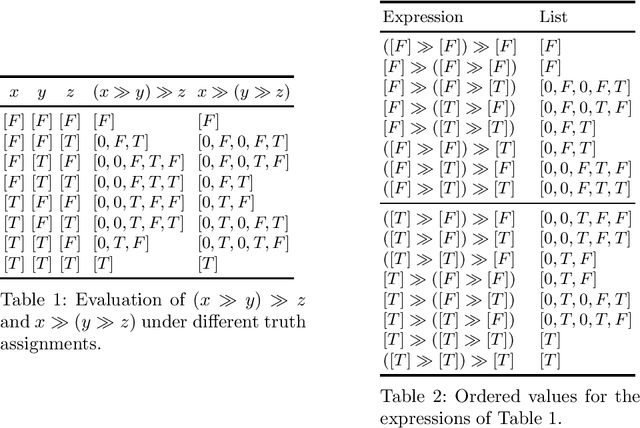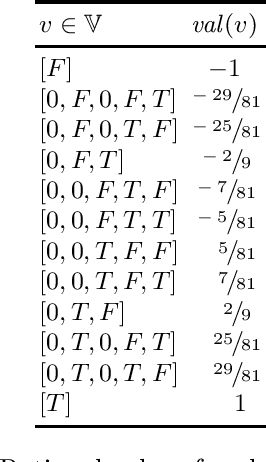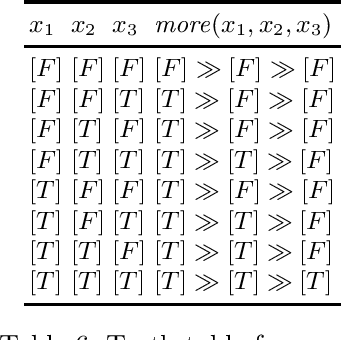Antonis Troumpoukis
Enhancing Interpretability in Generative AI Through Search-Based Data Influence Analysis
Apr 02, 2025Abstract:Generative AI models offer powerful capabilities but often lack transparency, making it difficult to interpret their output. This is critical in cases involving artistic or copyrighted content. This work introduces a search-inspired approach to improve the interpretability of these models by analysing the influence of training data on their outputs. Our method provides observational interpretability by focusing on a model's output rather than on its internal state. We consider both raw data and latent-space embeddings when searching for the influence of data items in generated content. We evaluate our method by retraining models locally and by demonstrating the method's ability to uncover influential subsets in the training data. This work lays the groundwork for future extensions, including user-based evaluations with domain experts, which is expected to improve observational interpretability further.
A Logical Characterization of the Preferred Models of Logic Programs with Ordered Disjunction
Aug 07, 2021
Abstract:Logic Programs with Ordered Disjunction (LPODs) extend classical logic programs with the capability of expressing alternatives with decreasing degrees of preference in the heads of program rules. Despite the fact that the operational meaning of ordered disjunction is clear, there exists an important open issue regarding its semantics. In particular, there does not exist a purely model-theoretic approach for determining the most preferred models of an LPOD. At present, the selection of the most preferred models is performed using a technique that is not based exclusively on the models of the program and in certain cases produces counterintuitive results. We provide a novel, model-theoretic semantics for LPODs, which uses an additional truth value in order to identify the most preferred models of a program. We demonstrate that the proposed approach overcomes the shortcomings of the traditional semantics of LPODs. Moreover, the new approach can be used to define the semantics of a natural class of logic programs that can have both ordered and classical disjunctions in the heads of clauses. This allows programs that can express not only strict levels of preferences but also alternatives that are equally preferred. This work is under consideration for acceptance in TPLP.
Lexicographic Logic: a Many-valued Logic for Preference Representation
Dec 20, 2020



Abstract:Logical formalisms provide a natural and concise means for specifying and reasoning about preferences. In this paper, we propose lexicographic logic, an extension of classical propositional logic that can express a variety of preferences, most notably lexicographic ones. The proposed logic supports a simple new connective whose semantics can be defined in terms of finite lists of truth values. We demonstrate that, despite the well-known theoretical limitations that pose barriers to the quantitative representation of lexicographic preferences, there exists a subset of the rational numbers over which the proposed new connective can be naturally defined. Lexicographic logic can be used to define in a simple way some well-known preferential operators, like "$A$ and if possible $B$", and "$A$ or failing that $B$". Moreover, many other hierarchical preferential operators can be defined using a systematic approach. We argue that the new logic is an effective formalism for ranking query results according to the satisfaction level of user preferences.
 Add to Chrome
Add to Chrome Add to Firefox
Add to Firefox Add to Edge
Add to Edge